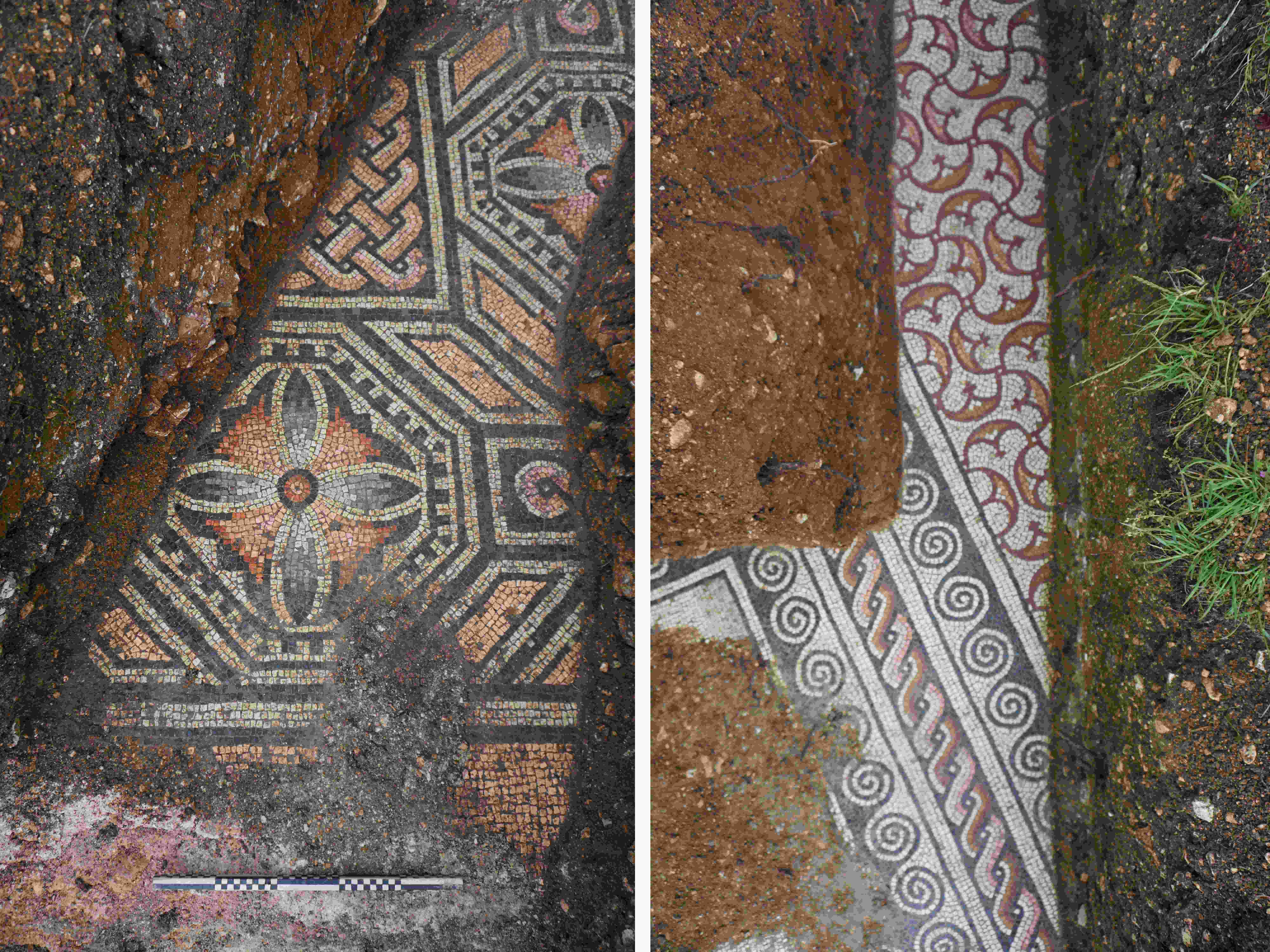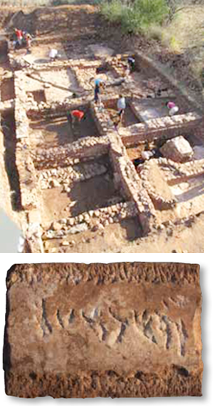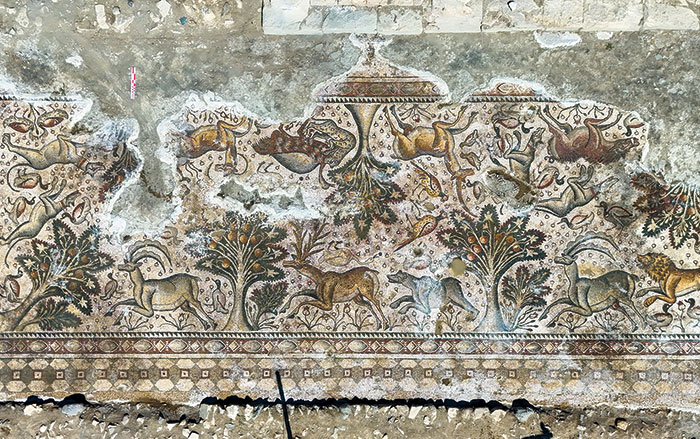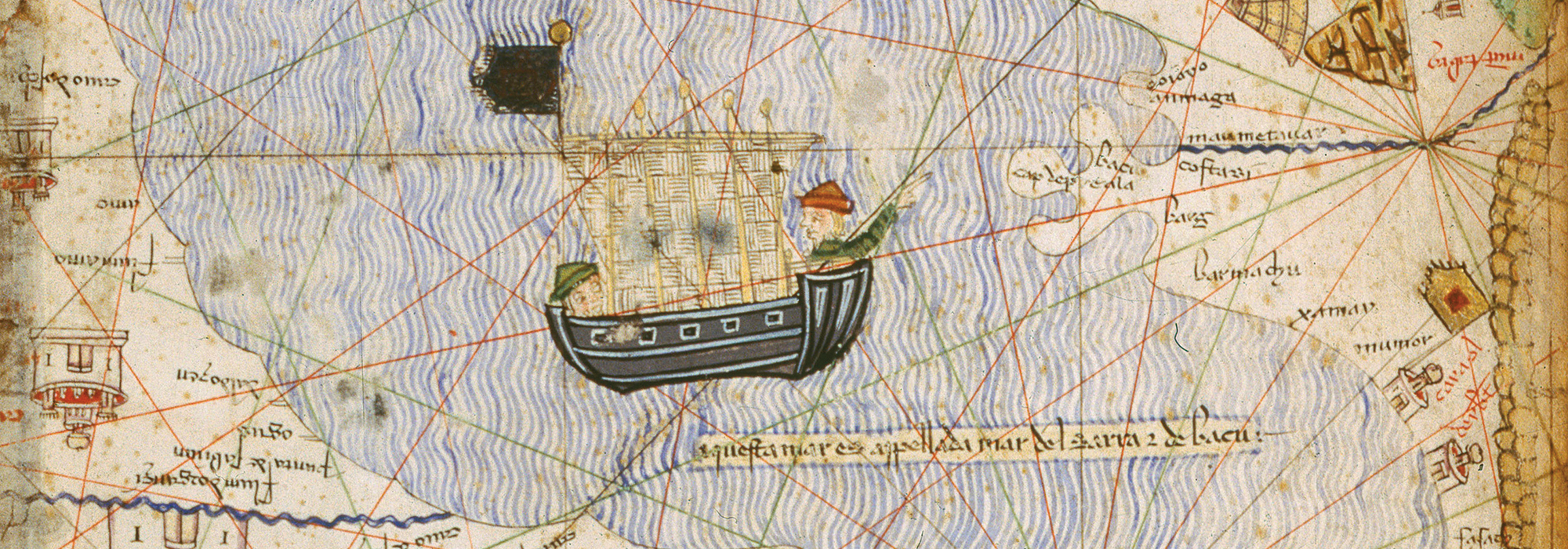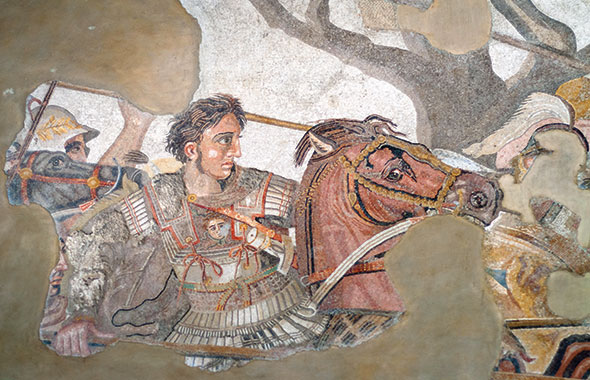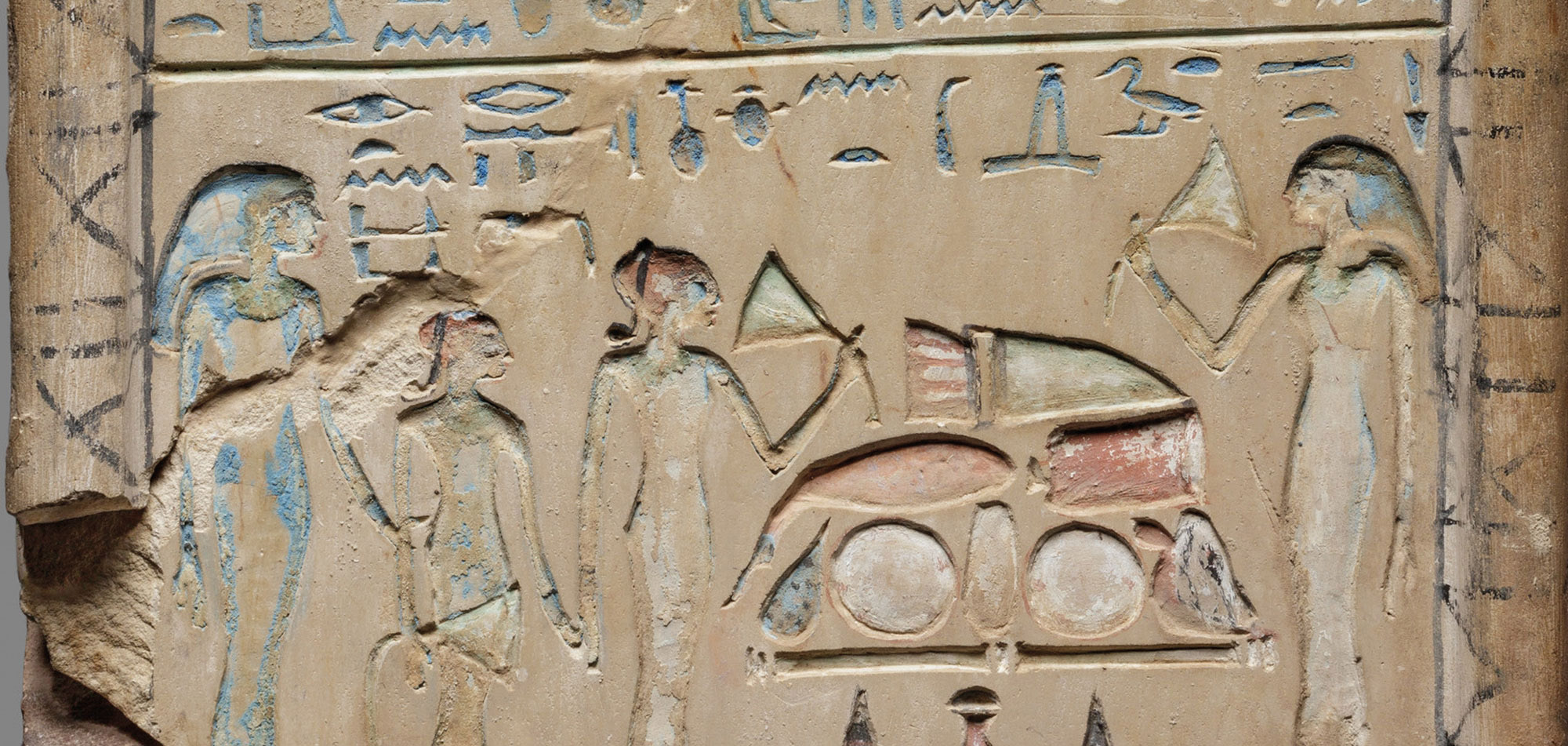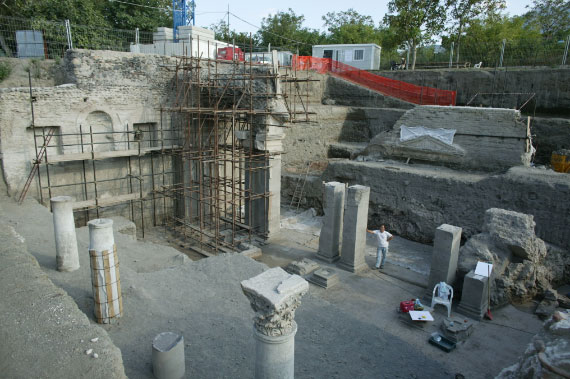
TOKYO, JAPAN—According to a Live Science report, researchers led by archaeologist Mariko Muramatsu of the University of Tokyo suggest that they have uncovered the place where Augustus, the first Roman emperor (reigned 27 B.C.–A.D. 14), died. The villa, located on the northern slopes of Mount Vesuvius about five miles from the modern town of Nola, was destroyed by the volcanic eruption in A.D. 79. A second villa constructed at the site in the second century was destroyed by a fifth-century eruption. This later villa was discovered in 1929, and it was suggested at the time that the site, known as Somma Vesuviana, could be the first emperor’s family home. Muramatsu said that the location corresponds with records left by the Roman historians Tacitus, Suetonius, and Cassius Dio, who noted that Augustus died at his family’s villa near Nola. “We now have clear evidence that shows…the eruption of A.D. 79 destroyed a building under the villa that we already have,” she said. So far, the excavation has uncovered a large room that was used as a warehouse and parts of the private baths. Additional investigation of the site may uncover evidence to link the first-century structure to Augustus, Muramatsu concluded. For more on excavations of the villa, go to "Letter from Vesuvius: Digging on the Dark Side of the Volcano."


